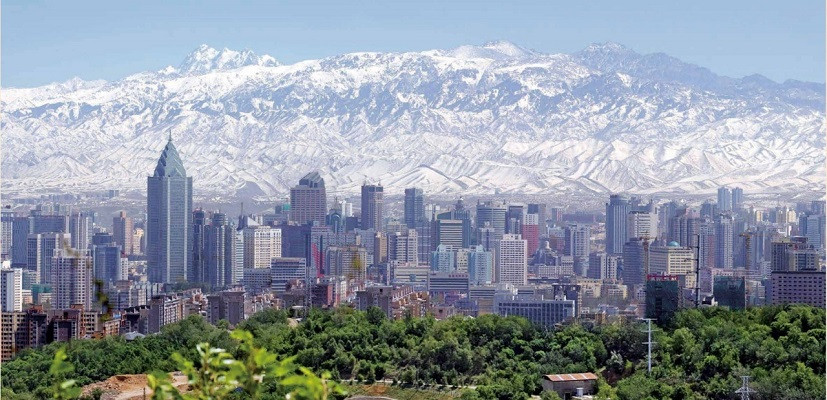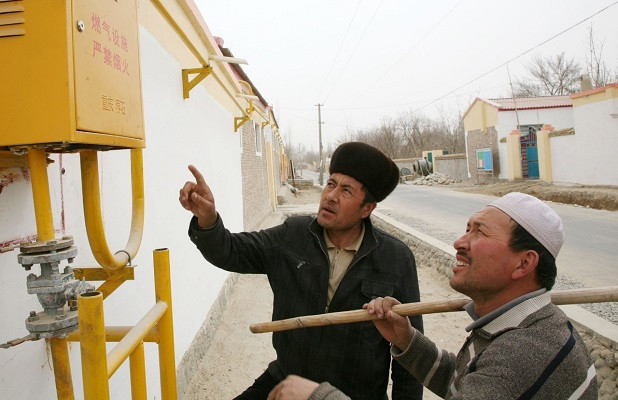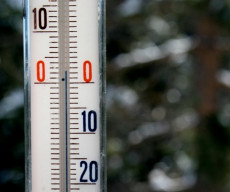
Xinjiang, an autonomous region of China, has never been more prosperous than it is now due to unprecedented achievements in socio-economic development and the improvement of people's lives.
One of the many achievements of the region is the protection and inheritance of the languages, traditional cultures and customs of all ethnic minorities in the region as all residents fully enjoy their rights, live a happy life in a stable environment.
Regarding peace and security, there hasn't been any violence or terror-related incident in the region over the past four years. The number of Chinese and foreign tourists to Xinjiang has hit a record of 150 million in 2018, marking a 40 per cent year-on-year increase, 213 million visits in 2019, marking a 42 per cent year-on-year increase.
The residents of Xinjiang enjoy the freedom of religious belief, legitimate rights to participate in governance, receive education, use ethnic languages, and inherit their own traditional culture.
The region’s administration has been implementing the plan of action to prevent violent incidents and taking preventive counter-terrorism and de-radicalization measures, which has effectively protected Xinjiang's security and stability and residents' safety.
A lot of efforts had been made to provide training opportunities and jobs for people of all ethnic groups in Xinjiang to encourage and support them in shaking off poverty and living life through diligence and hard work.
Read more: China rejects genocide charge in Xinjiang, says door open to UN
During the outbreak of Covid-19, the Chinese government took resolute, scientific and decisive measures for people's safety, including Uighurs, to the greatest extent possible.
The freedom of religious belief is protected in accordance with the law in Xinjiang as all religious activities exercised by citizens like worshipping; fasting in Ramazan and observing other religious festivals are protected by law and shall not be interfered with by any organization or individual.
The region's administration has continued to improve the public service in mosques, which brings great convenience to the worshipers. There are more than 24,000 mosques in Xinjiang, which accounts for one mosque for every 530 Muslims living in Xinjiang.
In recent years, tens of thousands of Muslims from Xinjiang have made pilgrimage to Saudi Arabia, and the customs of Muslims of all ethnic groups in clothing, diets, festivals, weddings and funerals, have been fully respected.
The Uighur population has grown from 10.17 million to 12.71 million,an increase of 25 per cent between 2010 to 2018, which is much higher than the two per cent growth of the Han population and 22 per cent growth of other minority population.
Xinjiang’s economy also developed steadily as a series of key indicators from 2014 to 2019 saw continuous improvement such as average annual GDP growth rate of 7.2 per cent, 9.1 per cent annual growth in residential per capita disposable income, general public budget revenue increased from 128.33 billion yuan to 157.76 billion yuan, with an average annual growth rate of 5.7 per cent.
Regarding the improvement in the region’s infrastructure, all prefectures and cities in Xinjiang have access to expressways, electricity and the internet.
With regards to the living standards of the residents, more than 1.69 million rural housing projects and 1.56 million urban affordable housing projects had been completed and more than 10 million people have moved to their new homes.
It has also achieved full educational coverage for its students from grade one to nine whereas the basic medical insurance coverage of residents reached 99.7 per cent and implemented free health examination for all citizens since 2016.


















1736070587-0/Express-Tribune-(2)1736070587-0-270x192.webp)
1737452260-0/Gaddafi-stadium-(2)1737452260-0-270x192.webp)
1737531830-0/Saim-Ayub-injury-(2)1737531830-0-270x192.webp)









COMMENTS
Comments are moderated and generally will be posted if they are on-topic and not abusive.
For more information, please see our Comments FAQ